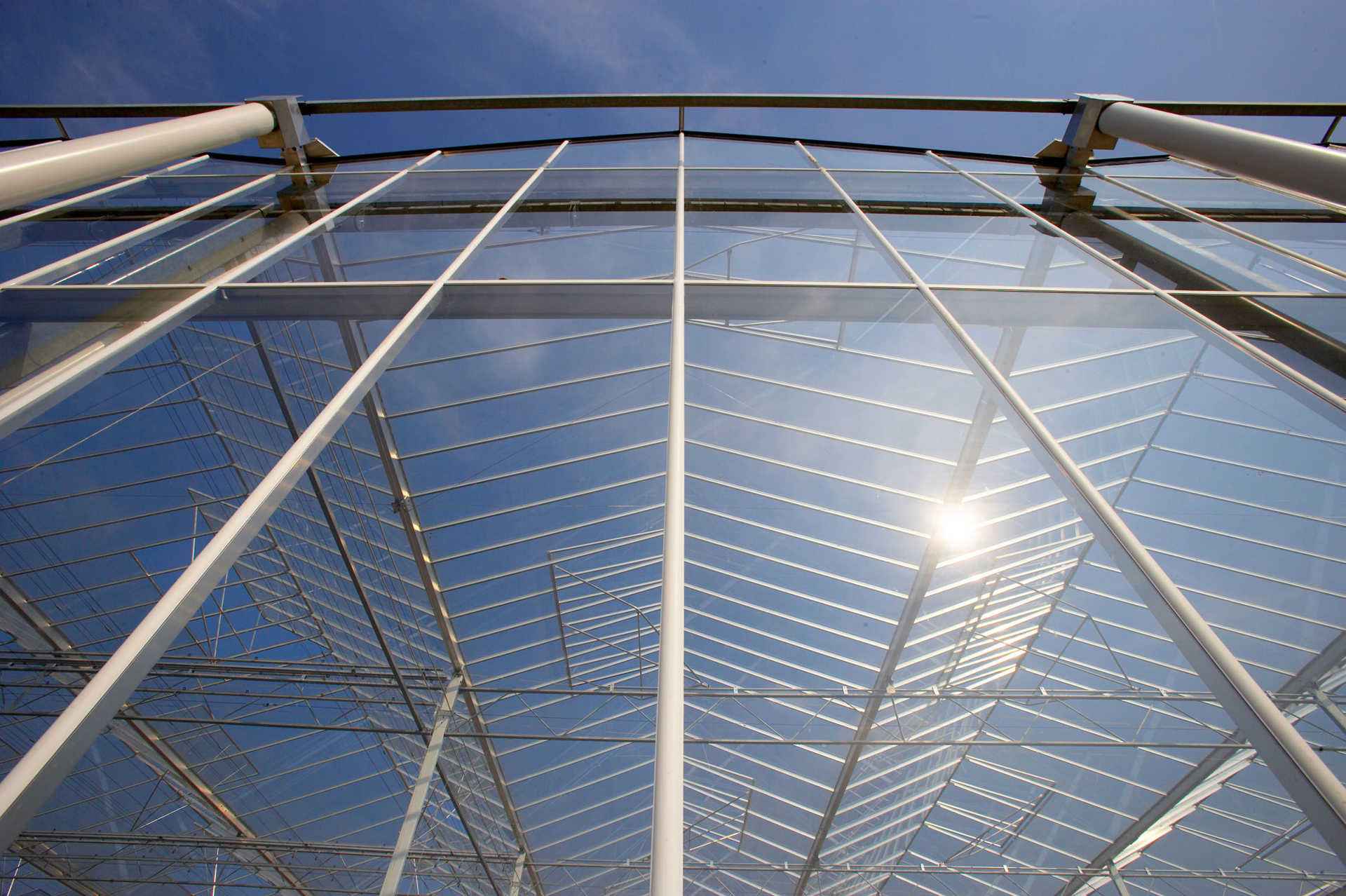Convection Energy

Short definition
Convection Energy in greenhouse contexts is the heat flux exchanged between the greenhouse air and internal surfaces driven by air movement and temperature differences. It is a component of the crop energy balance that can heat or cool leaves.
Expanded definition
=Convection Energy refers to the heat flux exchanged between greenhouse air and internal surfaces, including leaves and cover materials, driven by air movement and temperature differences. It is a component of the crop energy balance alongside radiation and conduction and can either supply energy to leaves (increasing evaporation) or remove energy from leaves (cooling) depending on leaf-air differences. In practice, convective flux is quantified using a heat transfer coefficient α_h and a local ΔT between surface and air, with the sign indicating the direction of energy flow. Synonyms and abbreviations: convective energy, convective heat transfer, convective heat flux, convective energy transfer, advection (in greenhouse ventilation contexts), convective evaporation, convective heat transfer coefficient (α_h).
In Greenhouse Context
Convection energy matters operationally because it links air movement to leaf surface temperatures and to the rate at which energy is exchanged across canopy boundaries. In practice, growers measure or infer convective flux through air velocity sensors, surface temperature probes, and with canopy models that combine LAI with local wind fields. The magnitude and sign of convective flux depend on the temperature difference between leaf or surface temperatures and the surrounding air, as well as the actual air velocity within the canopy. When leaves are warmer than the air, convection tends to transfer energy from leaves to air, increasing transpiration and potentially cooling the leaf; when leaves are cooler than the air, convection can contribute heat to the leaves or limit evaporation. This flux acts in concert with radiation and conduction to shape canopy and air temperatures, VPD, and the humidity distribution in the bench and room. From a climate-control perspective, convection energy influences decisions about ventilation schedules, fan speeds, vent openings, and the operation of energy screens; it also interacts with radiant screens and heater placement to modulate the net energy load. Accurately capturing convective transfer improves irrigation scheduling by clarifying the portion of evaporation that is driven by leaf-air exchange rather than radiation alone; it also affects disease risk, since leaf wetness duration and microclimates around the canopy depend on local energy balance. In many crops, the effective convective coefficient α_h varies with leaf orientation, LAI, and the spatial variability of air movement, so models must consider canopy structure rather than assuming uniform exchange. Practical practice uses a makeshift surrogate: approximate α_h on leaves near 5–15 W m^-2 K^-1 in moderate wind, growing to higher magnitudes with fan-assisted flows; these values anchor energy-balance calculations and help set measurable performance targets for HVAC and ventilation efficiency.
Examples and/or use cases
In a tall-hood tomato greenhouse with LAI around 2.2 and natural ventilation, increased canopy wind raises convective heat flux from leaves to air, elevating transpiration and informing irrigation timing; in a climate-controlled house with energy screens, turning on ceiling fans to boost near-leaf air velocity increases convective cooling, enabling a higher thermostat setpoint without stressing the crop; infrared thermography shows hot spots where leaf temperatures lag air temperature, prompting vent adjustments to even out convective flux and reduce localized heat stress; during early morning heating, when leaf temperature trails the air, convection can transfer heat toward the canopy and lessen heater duty; in a multi-layer lettuce bench, lower leaves can contribute substantially to convection, improving moisture transfer and reducing excess humidity at the canopy floor; these examples demonstrate how convective energy works with radiation, evapotranspiration, and humidification to influence water use, disease risk, and energy efficiency.
Relevance
Convection energy is central to psychrometric assessments of greenhouse climate, setpoints, and control algorithms because leaf-air energy exchange modulates canopy temperature independently of radiation. It informs HVAC strategies, including when to run fans at variable speeds, how to stage ventilation and energy screens, and how to balance humidity with evaporation to maintain target VPD. From a plant physiology perspective, convective flux interacts with stomatal conductance and transpiration, so leaf cooling or warming can influence photosynthetic rate and water-use efficiency, especially under dynamic light and temperature conditions. Implementing convection-aware control reduces energy waste while preserving crop health, but it requires accurate measurement of air velocity, leaf temperature, and LAI, as well as robust canopy models; overestimation can cause excessive cooling and underestimation can lead to heat stress and disease. The literature highlights that convection cannot be neglected in energy-balance modeling; integrating convection with radiation and conduction supports more reliable irrigation scheduling, dehumidification, and disease mitigation strategies. Sources — Books: Greenhouse Climate Control — Author; Chapter 3: Physics of Greenhouse Climate — Author. Sources — Online: https://extension.psu.edu/psychrometric-chart-use/; https://msu-prod.dotcmscloud.com/floriculture/uploads/files/Section%20_3.pdf; https://ceac.arizona.edu/sites/default/files/asae_-_heating_ventilating_and_cooling_greenhouses.pdf; https://pdhonline.com/courses/m135/m135content.pdf.